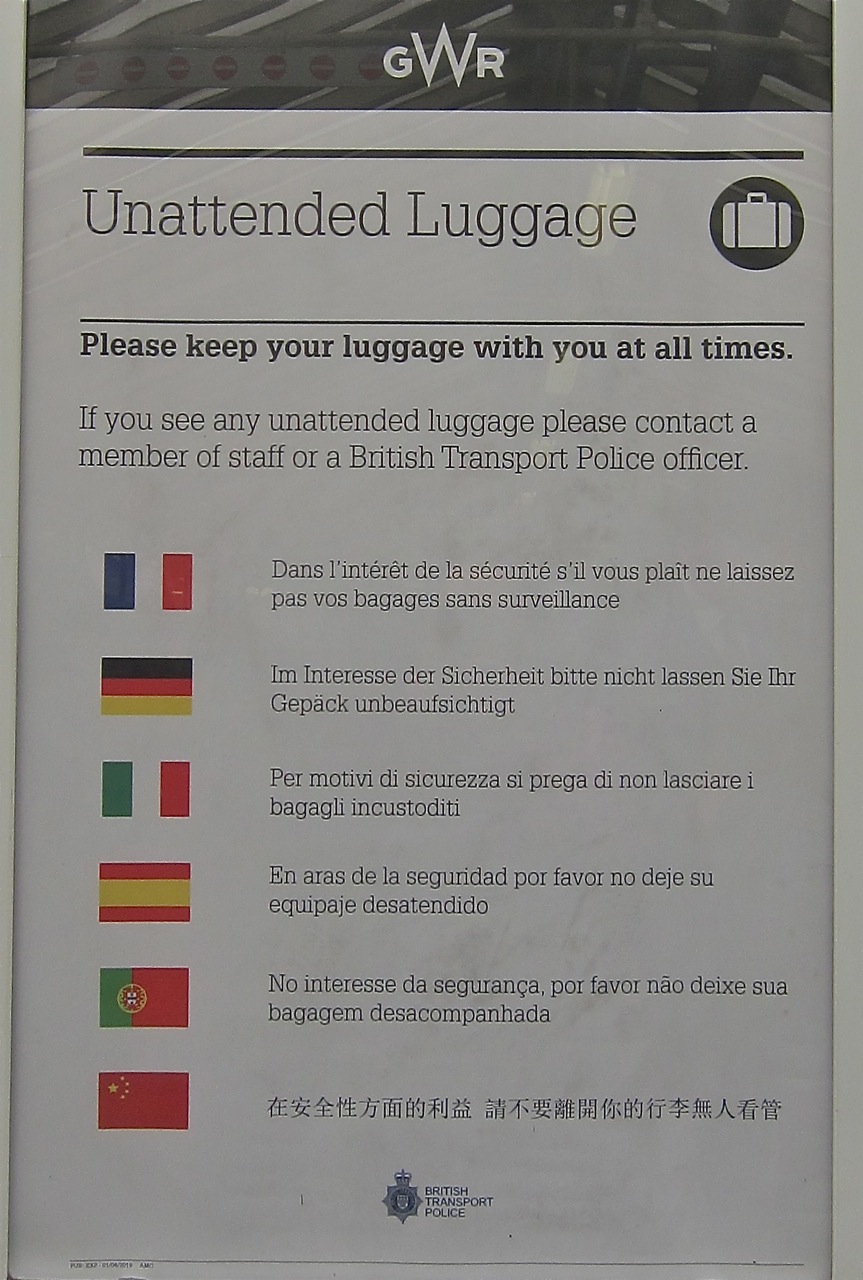Archive for Translation
October 9, 2016 @ 10:40 am· Filed by Victor Mair under Slang, Translation
Judging from these recent Language Log posts and the comments thereto, it is not always easy for native speakers of English to understand what Donald Trump says, especially when he is making lewd remarks:
"A non-apology for the ages" (10/7/16)
"'Like a bitch'?" (10/8/16)
"Trump translated" (9/31/16)
"Trump's aphasia" (9/5/15)
There have been many other attempts on Language Log to clarify Trumpian rhetoric.
If those who are born to English have difficulty comprehending the Donald's utterances, you can well imagine how hard it must be to grasp their nuances in another language. Let's take a look at some of the Chinese translations of Trump's latest crudities.
Read the rest of this entry »
Permalink
October 1, 2016 @ 10:08 am· Filed by Victor Mair under Language and food, Translation
Anne Henochowicz found this on the menu at Panda Gourmet, an incredible dìdào 地道 ("typical; authentic") Shaanxi restaurant in a Days Inn on the outskirts of DC:

Read the rest of this entry »
Permalink
September 27, 2016 @ 5:59 pm· Filed by Victor Mair under Translation
According to these two articles, Google Translate is taking a quantum leap forward in the quality of its services, starting with Mandarin to English:
"Google says its new AI-powered translation tool scores nearly identically to human translators" (Quartz, 9/27/16)
"An Infusion of AI Makes Google Translate More Powerful Than Ever" (WIRED, 9/27/16)
Read the rest of this entry »
Permalink
September 16, 2016 @ 11:14 am· Filed by Victor Mair under Language and food, Signs, Translation
Stephen Hart sent in this photograph of a sign that appears on Ediz Hook in Port Angeles, WA (and probably elsewhere in the state):

Read the rest of this entry »
Permalink
September 13, 2016 @ 3:35 pm· Filed by Victor Mair under Language and sports, Translation
If you attend Chinese sporting events, you will often hear fans exhort their team to jiāyóu 加油. Should you ask them what that means, they might reply "add oil", which would undoubtedly leave you feeling rather puzzled. From the context, functionally you know that it must mean something like "go!". But how one gets from "add oil" to "go" remains something of a mystery. Cf. the comments to "Non-translation" (7/24/16).
Read the rest of this entry »
Permalink
September 12, 2016 @ 12:03 am· Filed by Geoffrey K. Pullum under Found in translation, Humor, Intelligibility, Language and travel, Language contact, Languages, Multilingualism, Names, Nerdview, Silliness, This blogging life, Translation, Words words words, World language, WTF
At my hotel here in Brno, Czechia, the shampoo comes in small sachets, manufactured in Düsseldorf, labeled with the word denoting the contents in a long list of suitable European Union languages. I can't tell you which languages they picked, for reasons which will immediately become apparent. Here are the first four:
- Shampoo
- Shampoo
- Shampooing
- Shampoo
Just so you're sure.
Read the rest of this entry »
Permalink
September 9, 2016 @ 1:53 pm· Filed by Victor Mair under Language and advertising, Translation
No.
Let me explain why.
Read the rest of this entry »
Permalink
September 1, 2016 @ 2:09 pm· Filed by Victor Mair under Honorifics, Names, Translation
The following article on an Australian website has a slip-up in the handling of an honorific in Indonesian / Javanese:
"Official Indonesian documentation has verified Mbah Gotho was born in 1870, making him the oldest person in the world" (SBS News, 8/31/16)
—–
At the reported age of 145, Mbah Gotho from the Indonesian island of Java could be the oldest person on the planet but he is not interested in celebrating.
“I only want to die,” he told Indonesian television station Liputan 6 in August in Sragen in Central Java.
… Mr Mbah said he has had a tombstone ready since 1992.
Read the rest of this entry »
Permalink
August 31, 2016 @ 11:41 pm· Filed by Victor Mair under Language and politics, Transcription, Translation
In "Trump’s Tower of Babble: How the Sapir-Whorf hypothesis explains Donald Trump’s rantings — and why the rest of the world is so confused" (Foreign Policy, 8/30/16), Christopher M. Livaccari and Jeff Wang allege:
Questions about the meaning of Trump’s words… may be a type of category mistake. Trump and his supporters seem to be adherents to a strong version of what linguists call the Sapir-Whorf hypothesis — the idea that the language we use has an effect on our thinking and the way we perceive the world. There’s only one thing the Trump campaign seems to sincerely believe, in other words — namely, that if it says something enough times, no matter how disconnected from truth or logic, other people will begin to believe it.
Read the rest of this entry »
Permalink
August 29, 2016 @ 12:13 pm· Filed by Victor Mair under Transcription, Translation, Writing systems
In "Türkçe'nin 500 Yıl Önce Latin Harfleriyle Yazılışı" (7/26/16), Abdurrahman Onur Çalışır presents a Turkish text written in Latin letters together with a translation into Latin:

Read the rest of this entry »
Permalink
August 25, 2016 @ 10:57 am· Filed by Victor Mair under Dictionaries, Topolects, Transcription, Translation
This morning I received an announcement from the The Linguistic Society of Hong Kong (LSHK) that its long awaited Jyutping word list is now online. Access to the word list is available here.
Read the rest of this entry »
Permalink
August 23, 2016 @ 4:50 pm· Filed by Victor Mair under Signs, Translation
On her way back from Cornwall in April, Janet (Geok Hoon) Williams saw this sign, put up by Great Western Railway, at the train station:

Read the rest of this entry »
Permalink
August 21, 2016 @ 4:27 pm· Filed by Victor Mair under Signs, Transcription, Translation
Germán Renedo recently noticed that the government has installed bilingual street signs in the Belgrano neighborhood of Buenos Aires, where Chinatown is located. The signs transcribe the sounds of the Spanish words rather than translate their meanings.
Read the rest of this entry »
Permalink



